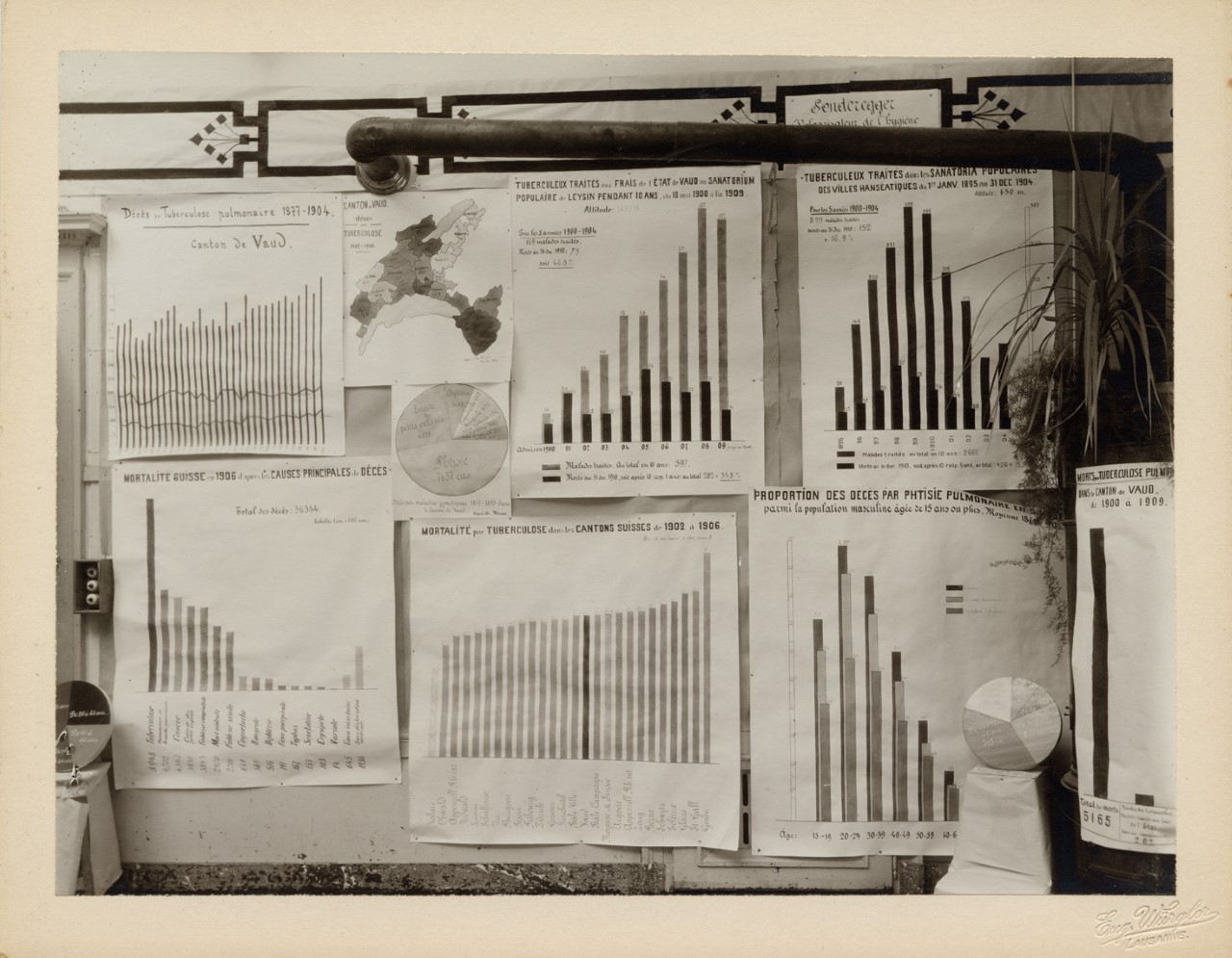Join us for a Research Seminar with Claire-Lise Debluë, Visiting Scholar Paris I University & St Andrews University, Advanced Postdoc Swiss National Science Foundation, on Friday 6th March 2020, 4.15pm, Film Studies Boardroom, 99 North Street
Today, data visualisation is often referred to as ubiquitous. Visual computing tools enable quantitative information to be easily turned into images, increasing their capacity to reach a mass audience through an extensive range of media. Long before the rise of information graphics, the widespread use of so-called “statistical images” was already firmly acknowledged. During the first half of the 20th century, graphical statistics indeed became a core feature of visual modernity. The rise of mass media was instrumental in this process, enhancing the reproducible nature of visual representations of data.
Despite this apparent success story of early data visualisation, the increasing numbers of statistical displays circulating in the public sphere raised critical challenges. For most of the early advocates of visual statistics, turning abstract data into material expression (either through two or three-dimensional objects) had become a deep and permanent concern. Statistical data indeed were not purely abstract. They were – and still are – firmly entangled in material and technological dispositives such as printed material, exhibition displays, films or slideshows predating the first generation of computer-generated images in the 1950s.
How did the material expressions of data affect the visual forms of statistical knowledge? How did the reproducible nature of graphical statistics impact the spaces and spatiality of statistics? Taking a long-term perspective, this talk challenges the idea that history of data visualization should be first and foremost a visual history. Focusing on the materiality and spatiality of statistical displays, it will investigate new connections between media archaeology, history of statistics and material culture and will thus shed a new light on contemporary debates on the dissemination of quantitative information in the era of “data deluge”.
